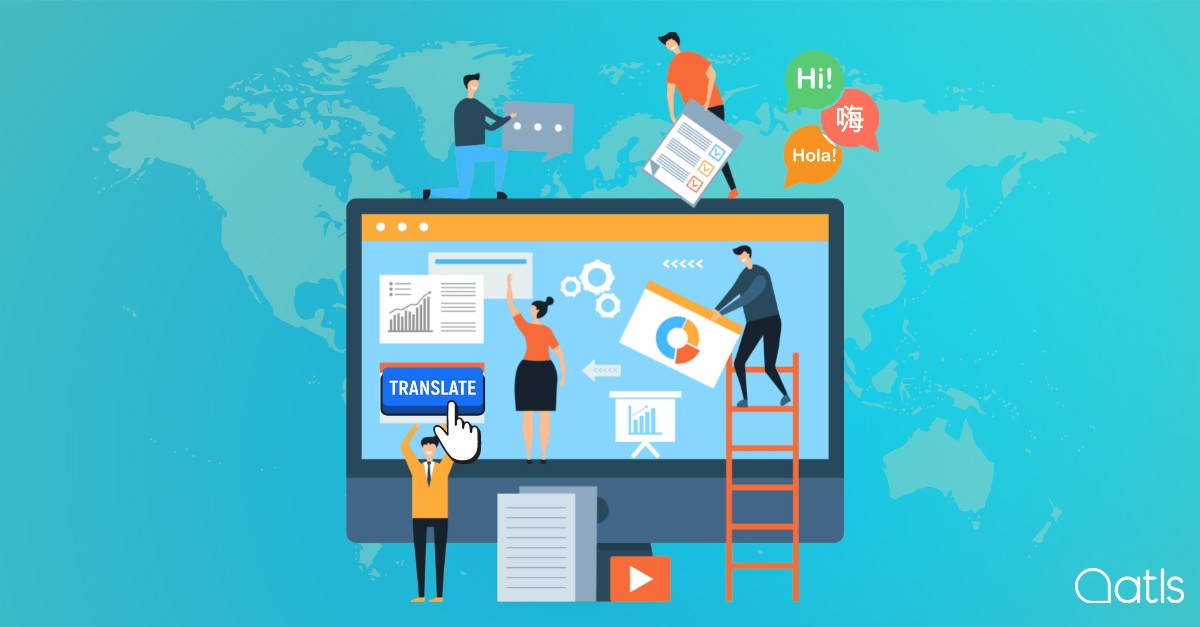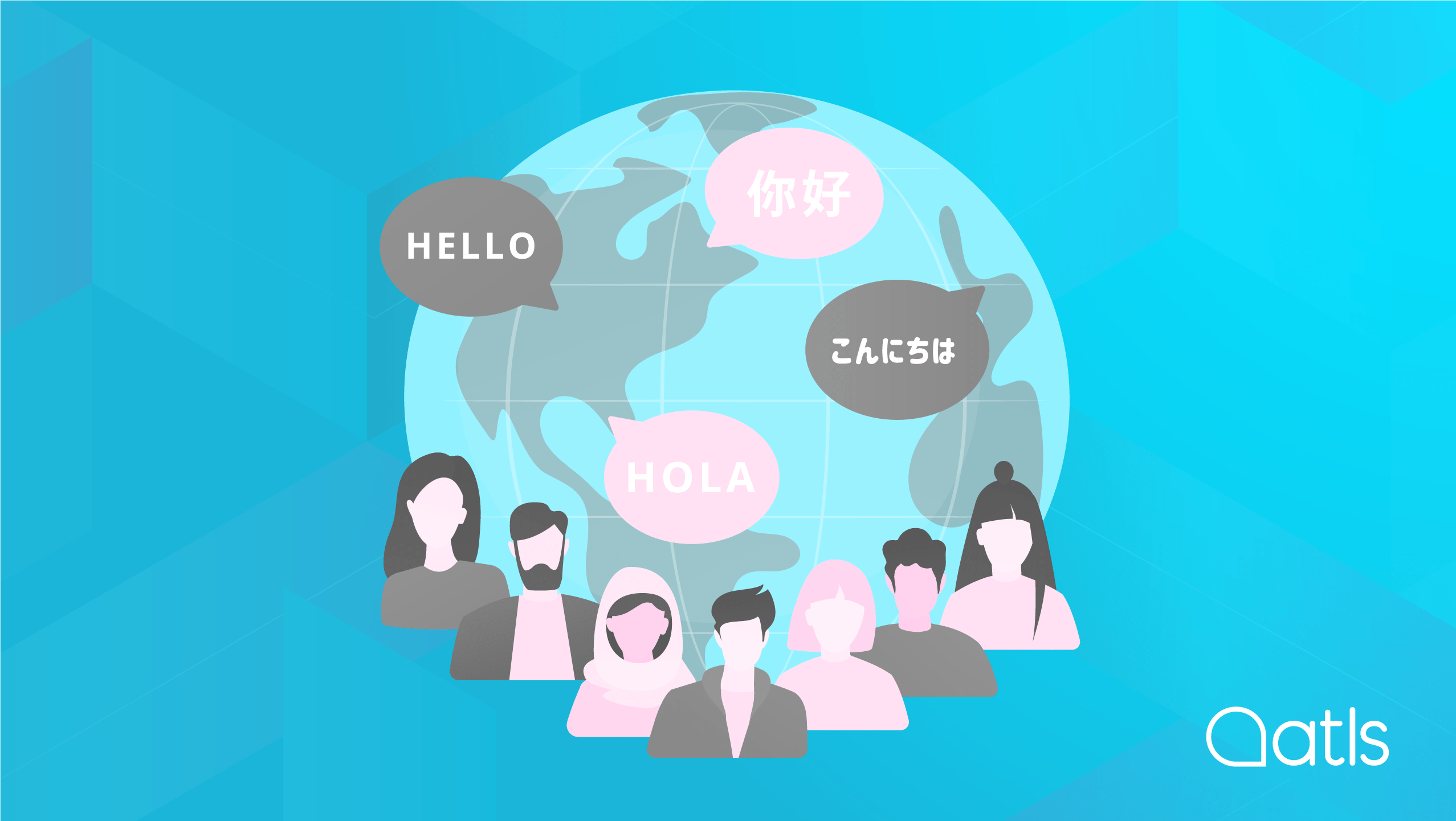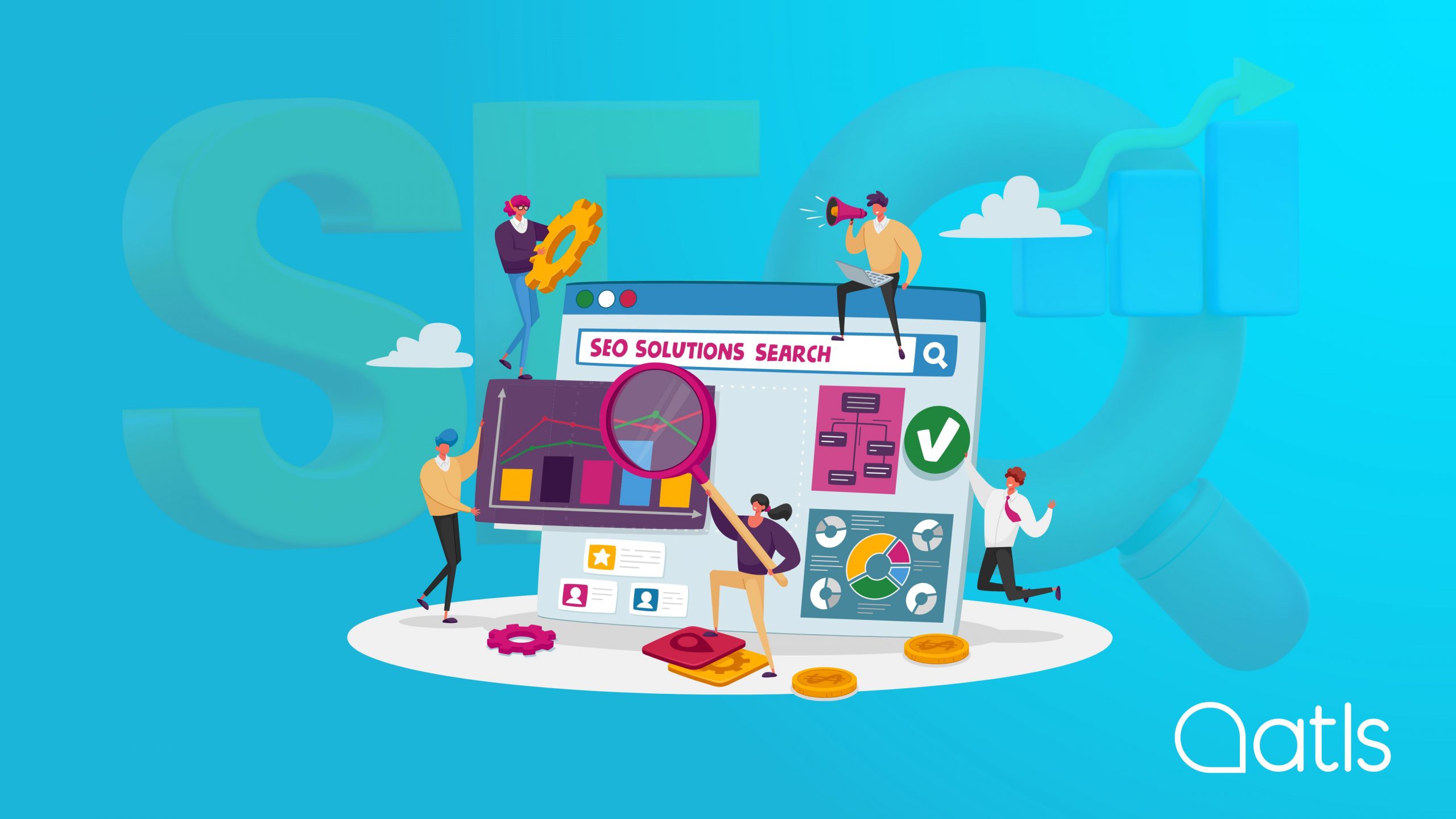Multilingual website: What elements do you need to translate?

A multilingual website is now more important than ever, as business globalisation gives us the opportunity to reach customers in new countries. But, which parts of a website should be translated to reach multilingual audiences? This article looks at the different parts of a website that should be translated to create a successful and effective user experience in different languages. From the main content, to the browser menus, and button tags, such as: text, images, videos, meta tags, legal documents, etc.; each element should be considered carefully to ensure an accurate and consistent translation. Find out how to create a complete multilingual website that helps you reach a global audience.
How to create a multilingual website that reaches you global audience
Translating a website helps your business communicate more effectively with potential customers in your target market. A study carried out by CSA Research found that more than 72% of Internet users will stay on a website if it is translated into their native language.
Translating a website involves more than a simple literal translation; it is essential to localise your website. In other words, by adapting your website to your target public, your clients will feel “at home”. Website localisation is essentially the process of adapting your original website, through language and cultural elements, to your target audience. But, which parts of my website should I translate?
Why is it important to translate a website?
A properly translated and localised website translates into a substantial improvement in customer experience by making users feel "at home". A website localisation process allows the structure and content to be adapted to one or more specific markets.
Localisation usually goes hand in hand with transcreation. If we analyse the word itself, we can see the prefix trans means “beyond”, “through” or “change”. Transcreation translates concepts, ideas, feelings and reactions, and essentially adds a creative process to translation and brings the translation closer culturally to the target audience.
Website localisation will make your brand stand out from the competition, and create an emotional connection with consumers in any country. Users will feel "closer" to your brand and will stay longer on your website. And your conversion rates will increase exponentially!
Which elements of a website should be localised?
Discover which parts you should translate to ensure a smooth user experience:
The content
First, translate the website content into the target language. However, as we mentioned earlier, it's not enough just to translate the content.
In most cases, the content must be localised to adapt your brand's tone of voice, linguistic standards and local expressions. Some localised websites automatically change their language based on the user's IP address; you can also include an option to allow users to select their preferred language.
Let's not forget international SEO
International SEO consists of optimization strategies that allow you to rank in regional search engines and increase traffic to your business website. In localised websites with pages in a different language, you will need to consider keywords that will be associated with the content, and to create titles, meta descriptions and customised texts according to each target market.
Images, videos and other digital content
Make sure that everything in your multilingual website is adapted to the cultural context of your target market. As well as transmitting a clear image of the company's identity, the images, videos and other digital content will help users to feel identified with your brand.
For this reason it is essential to make sure that the content displayed on the website reflects the habits and customs of potential customers. Images leverage storytelling, although, depending on the situation, not all images are appropriate in the context of the culture in question. Videos engage with your customers on an emotional level and effectively boost customer engagement. Remember to add subtitles to videos in the target language.
Website graphic design
When designing a website, we must always ensure that it offers an excellent customer experience for people from different cultural backgrounds.
During the localisation process, it is important to take into account the length of the content, the graphic layout of the different languages and the colour associated to the brand.
Units of measure, currency and product descriptions
It's by no means trivial to pay attention to small cultural details, such as the format of coins or units of measure. For customers, this will convey an in-depth knowledge of their local culture.
With e-commerce specifically, it's advisable to pay careful attention to all the elements related to economic transactions and the payments process. It is important to ensure that they are localised and that these reflect how local purchases are made.
Of course, we should never forget to translate and localise product descriptions, which are essential for online sales. Clear, detailed and creative descriptions will help users with the purchasing process.
Customer services
Quick and effective customer service is vital. When a company opens up to the international market, it must be confident that it can offer a localised customer service to meet its users' requests.
For this reason, the contact details page must show the phone number, address and time availability of the geographical location of users.
Legal documents
The correct adaptation of legal documents to the relevant cultural environment and legal context will help your business gain trust among users. Brands operating in the international market must be careful and respectful of local rules and regulations, such as those relating to privacy. Localisation in this area is a particularly complex and sensitive issue, which often requires the support of expert translators in the legal field.
A multilingual website = international success
Website localisation is particularly complex, and requires the intervention of several professionals at different stages of the process. If you would like to know more about website translation, or you are looking for a tailor-made solution for your international project, reach out to us! We'll be happy to help.
Get in touch if you are interested in growing your business globally.




